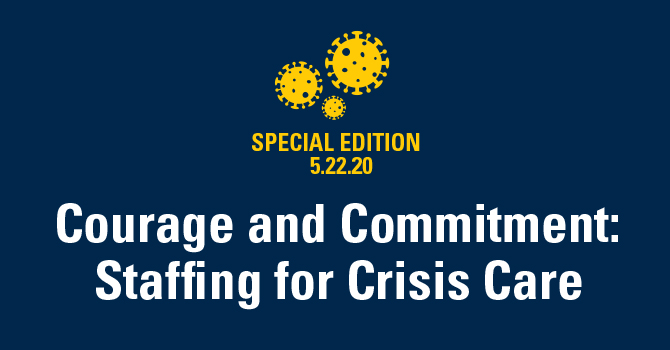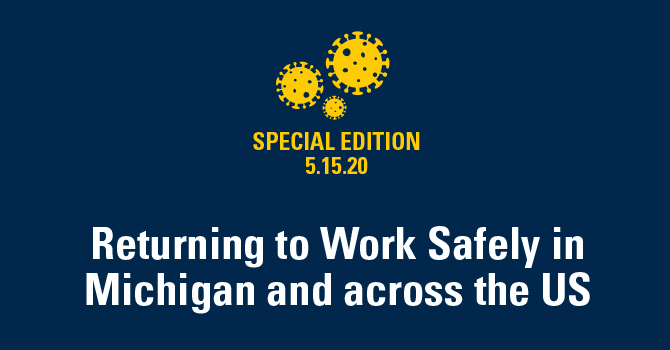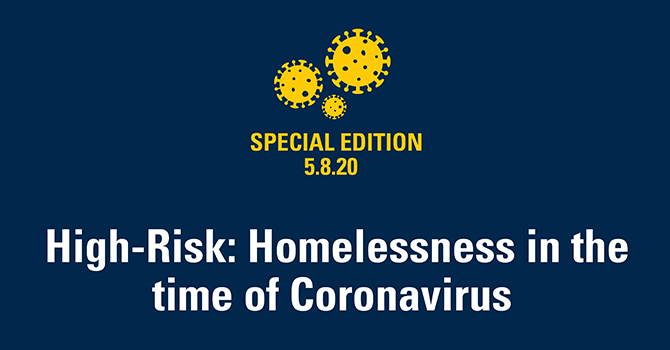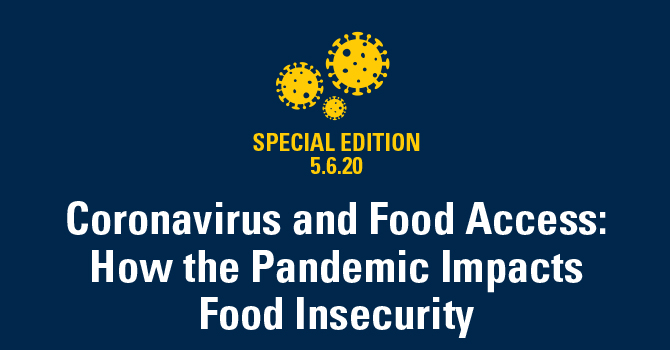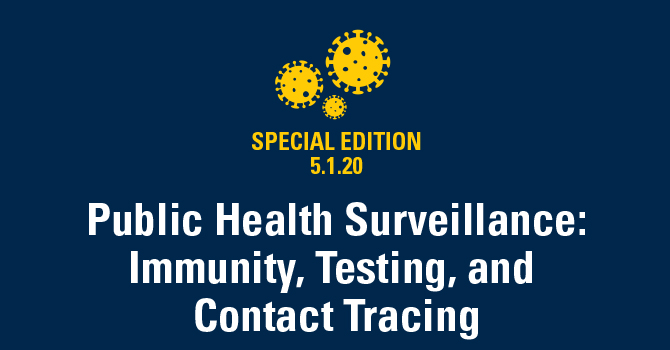
How To Manage Your COVID-19 Risk
Now that the weather is getting nicer and states like Michigan are beginning to loosen their restrictions on gatherings, retail shopping, and more, how do we assess our own personal risk—and the risks to friends and family—as we head out of our homes to reconnect and return to public spaces? Michigan Public Health research scientist Ryan Malosh, a survivor of leukemia and a bone marrow transplant, shares his recommendations for managing your individual infection risk, and explains how swiss cheese can help us all think about reducing infectious disease transmission.

